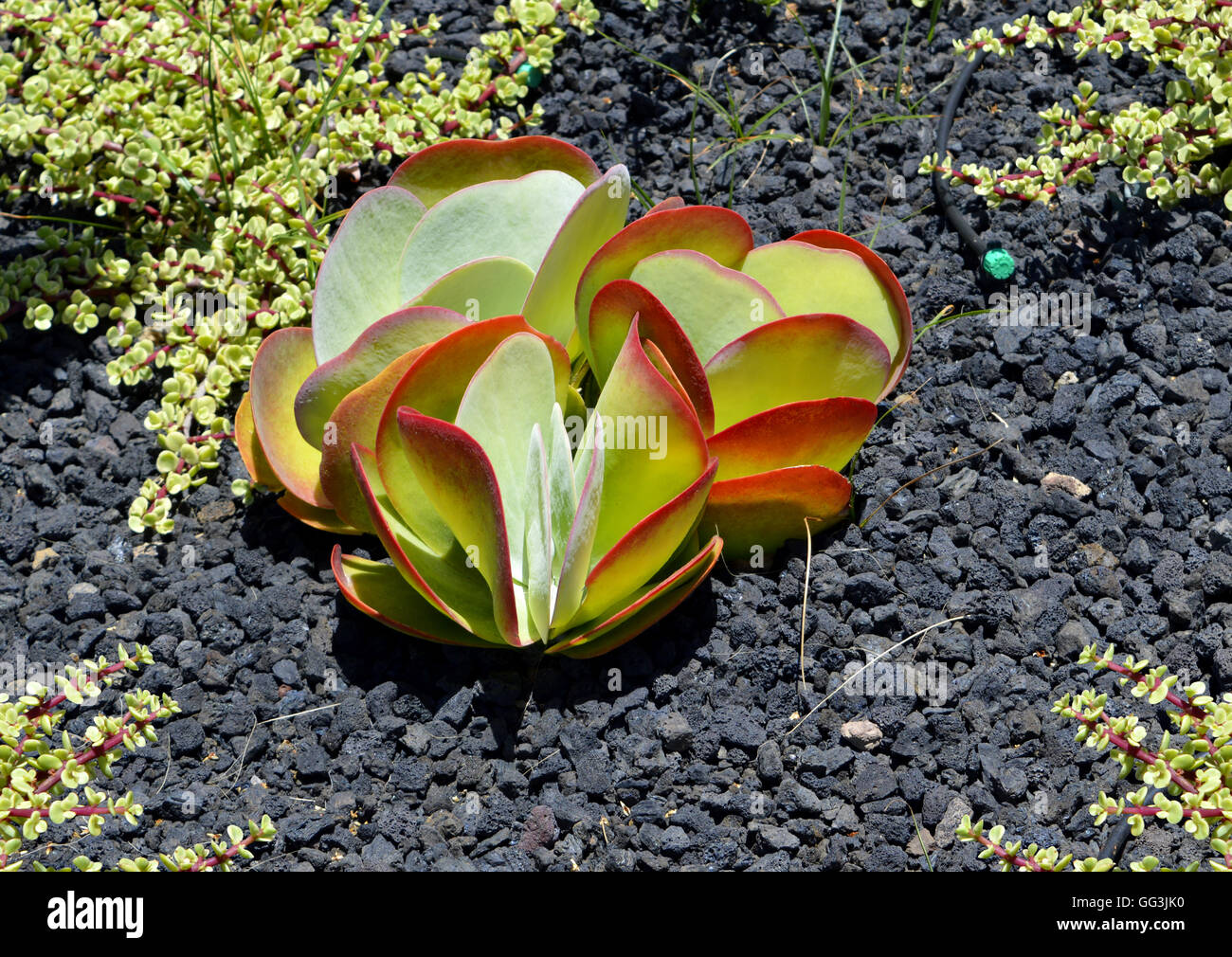Money plants, scientifically known as Crassula argentea, have garnered considerable attention in both horticultural circles and among casual plant enthusiasts. Their fleshy leaves and arching stems exude a vibrancy that many find captivating, while also hinting at deeper meanings related to prosperity and resilience. Within this article, we will explore the scientific nomenclature of this fascinating succulent, along with essential care tips for maintaining its robust health.
Understanding the Botanical Classification of Crassula argentea
To delve into the allure of the money plant, we first must understand its botanical classification. The genus name “Crassula” is derived from the Latin word “crassus,” meaning thick or fat, aptly describing the plant’s succulent leaves that store water. The species name “argentea” translates to silvery or silver-like, referring to the greyish hue that some varieties possess, especially under optimal light conditions.
This plant belongs to the family Crassulaceae, which includes other notable succulents such as jade plants and sedums. This family is rich in species that exhibit adaptations to arid environments, often marked by thick leaves and stems. Crassula argentea’s intrigue is further amplified by its resilience—able to thrive in neglect, making it an ideal choice for both novice and experienced gardeners.
The Fascinating Symbolism Behind the Money Plant
In various cultures, money plants carry significant symbolism. They are often associated with prosperity and good fortune, which explains their popularity in Feng Shui practices. The lush, green leaves of Crassula argentea are thought to attract financial success and a flow of positive energy into one’s life. Many enthusiasts choose to place these plants in specific orientations of their homes or offices with the hope of enhancing their affluence and overall well-being.
Moreover, the plant’s aesthetic appeal combined with its resilient nature fosters a deeper emotional bond between humans and nature. Observing a money plant flourish under one’s care can be gratifying. This interplay of environmental interaction and personal involvement creates an enduring appreciation for the species.
Essential Care Tips for Crassula argentea
As enchanting as Crassula argentea may be, it is equally important to understand how to care for it to maintain its vigor. Here are essential guidelines to promote robust growth and overall longevity.
Light Preferences: The Illuminating Power of Sunlight
Crassula argentea flourishes in bright, indirect sunlight. A south-facing window is often an ideal location, as it provides the plant with ample opportunity to soak up the rays without exposing it to the harshness of direct sunlight. However, be cautious: too much exposure to direct sunlight can lead to leaf scorch, resulting in unsightly brown spots and shriveling. Observe your plant and adjust its location as needed; if the leaves turn a darker green, the plant may be receiving too little light.
Watering Wisdom: The Fine Line Between Thirst and Drowning
One of the common mistakes in succulent care is overwatering. Crassula argentea prefers a well-draining soil mix, and therefore, it is essential to allow the top inch of the soil to dry out completely before introducing water. During the growing season, typically spring and summer, watering every two weeks should suffice. In contrast, during the winter months, reduce watering frequency, as the plant enters dormancy and requires minimal hydration. This balance will help to prevent root rot, a common affliction of succulents.
Temperature and Humidity: Ideal Conditions for Growth
The optimal temperature range for Crassula argentea lies between 65°F to 80°F (18°C to 27°C). This adaptable plant can withstand a slight dip in temperature, but it is crucial to avoid prolonged exposure to temperatures below 50°F (10°C). Additionally, Crassula argentea thrives in low humidity levels, characteristic of its native habitats. Providing adequate air circulation will help keep your plant healthy and prevent fungal diseases.
Pest Management: Safeguarding Your Green Companion
While Crassula argentea is relatively pest-resistant, it is still vulnerable to common houseplant pests such as aphids, mealybugs, and spider mites. Regularly inspecting your plant can go a long way in early detection. If pests are identified, remove them by gently wiping the leaves with a damp cloth or using insecticidal soap as a treatment. Prevention is always more effective than treatment, so maintaining proper care will keep infestations at bay.
Propagation Techniques: Expanding Your Plant Family
If you’re enamored by Crassula argentea, you might be interested in propagation. This species is traditionally propagated through leaf or stem cuttings. To do this, simply take a healthy cutting and allow it to callous over for several days before planting it in well-draining soil. Water sparingly as it establishes roots, and soon you will have another vibrant money plant to enjoy.
Conclusion: A Plant Rich in Beauty and Meaning
Crassula argentea, the money plant, is more than just an ornamental succulent; it embodies resilience, prosperity, and a connection to nature’s beauty. By understanding its scientific nomenclature and immersing yourself in the nuances of its care, you foster not just a thriving plant but also an enriching relationship with the natural world. Whether you’re drawn to its symbolic meanings or its striking appearance, Crassula argentea invites curiosity and appreciation in every corner of your home.





Leave a Comment